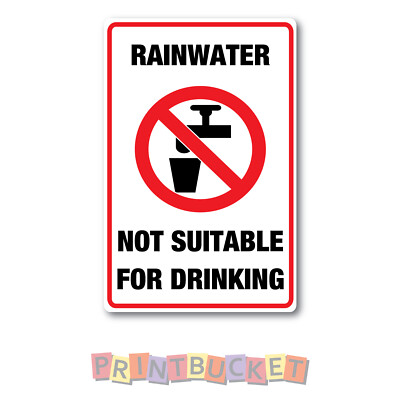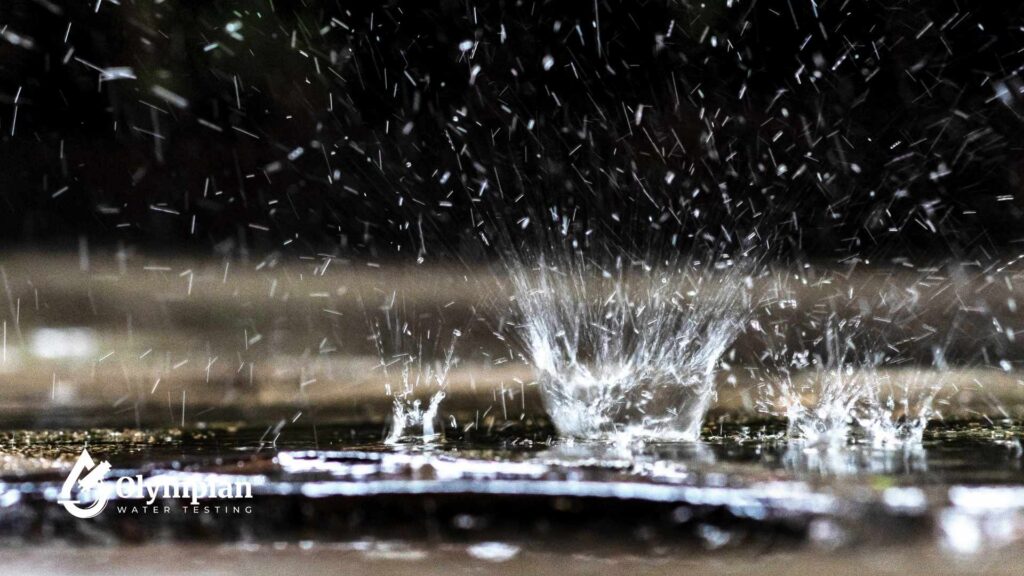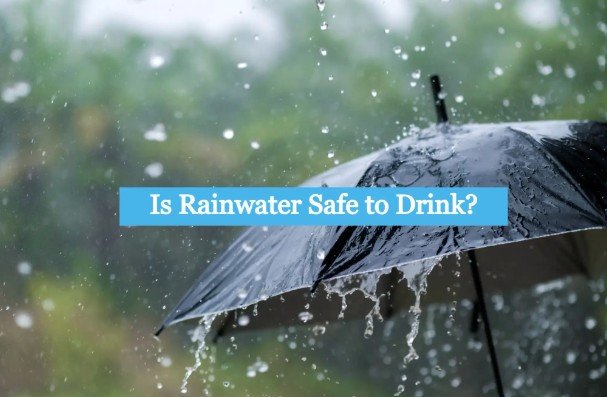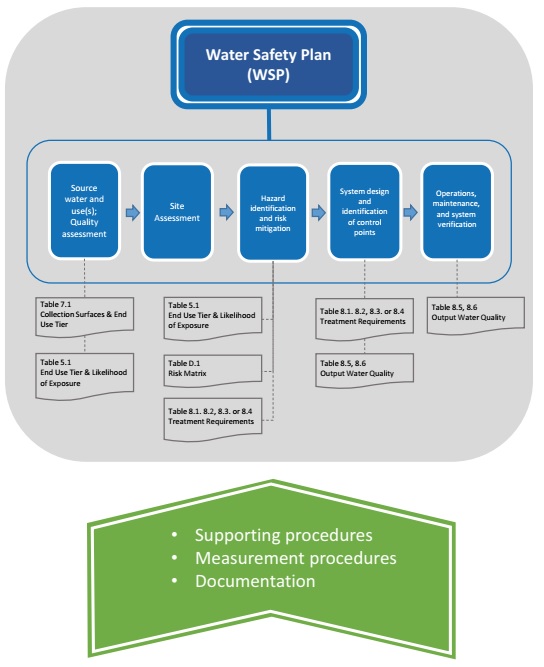Rainwater vs. Tap Water: Which Is Safer?

Water is essential for life, but not all water sources are created equal. When it comes to choosing between rainwater and tap water, safety is a primary concern. This article explores the differences, benefits, and risks associated with each to help you make an informed decision.
Understanding the Sources

| Water Source | Description | Common Uses |
|---|---|---|
| Rainwater | Water collected from precipitation, often harvested from rooftops or natural catchments. | Gardening, irrigation, flushing toilets, sometimes drinking after treatment |
| Tap Water | Water supplied by municipal systems, treated to meet safety standards for household use. | Drinking, cooking, bathing, cleaning |
Safety Considerations

Rainwater Safety
- Contaminants: Rainwater can contain pollutants from the atmosphere, such as dust, chemicals, and microorganisms.
- Collection Methods: The safety depends heavily on how the rainwater is collected and stored. Clean roofs and storage tanks reduce contamination.
- Treatment: Filtration, UV treatment, or boiling can make rainwater safer for consumption.
Tap Water Safety
- Regulation: Tap water is regulated by government agencies to ensure it meets health standards.
- Treatment Processes: Includes filtration, chlorination, and sometimes fluoridation to eliminate pathogens and improve dental health.
- Potential Issues: Aging infrastructure or contamination events can occasionally compromise tap water quality.
Benefits and Drawbacks
| Aspect | Rainwater | Tap Water |
|---|---|---|
| Cost | Low cost, uses natural precipitation | Usually included in utility bills |
| Availability | Dependent on weather and storage | Generally reliable and continuous |
| Environmental Impact | Reduces demand on municipal supplies | Energy-intensive treatment and distribution |
| Taste and Quality | May vary, sometimes better taste | Consistent quality, sometimes chlorinated taste |
Frequently Asked Questions (FAQ)
Q1: Can I drink rainwater safely?
A1: Drinking rainwater is possible if it is properly collected and treated to remove contaminants. Without treatment, it may pose health risks.
Q2: Is tap water always safe to drink?
A2: Tap water is generally safe due to strict regulations, but occasional contamination can occur. It’s advisable to stay informed about local water quality reports.
Q3: How can I improve the safety of rainwater?
A3: Use clean collection surfaces, install filters, and consider disinfection methods like UV treatment or boiling.
Q4: What are the environmental benefits of using rainwater?
A4: Using rainwater reduces the strain on municipal water supplies and decreases energy consumption associated with water treatment and distribution.
Conclusion
Both rainwater and tap water have their advantages and potential risks. Tap water offers regulated safety and convenience, while rainwater provides a sustainable alternative if properly managed. Understanding these factors can help you choose the best option for your needs and ensure safe water consumption.
